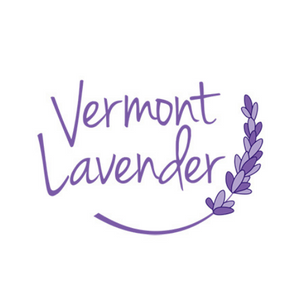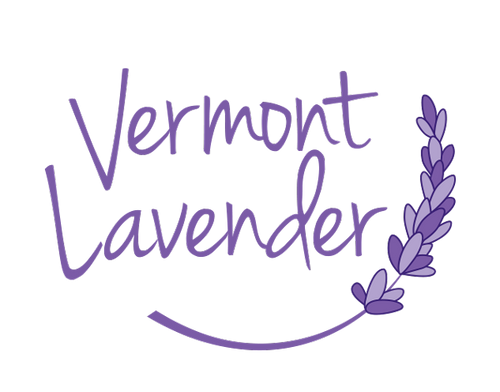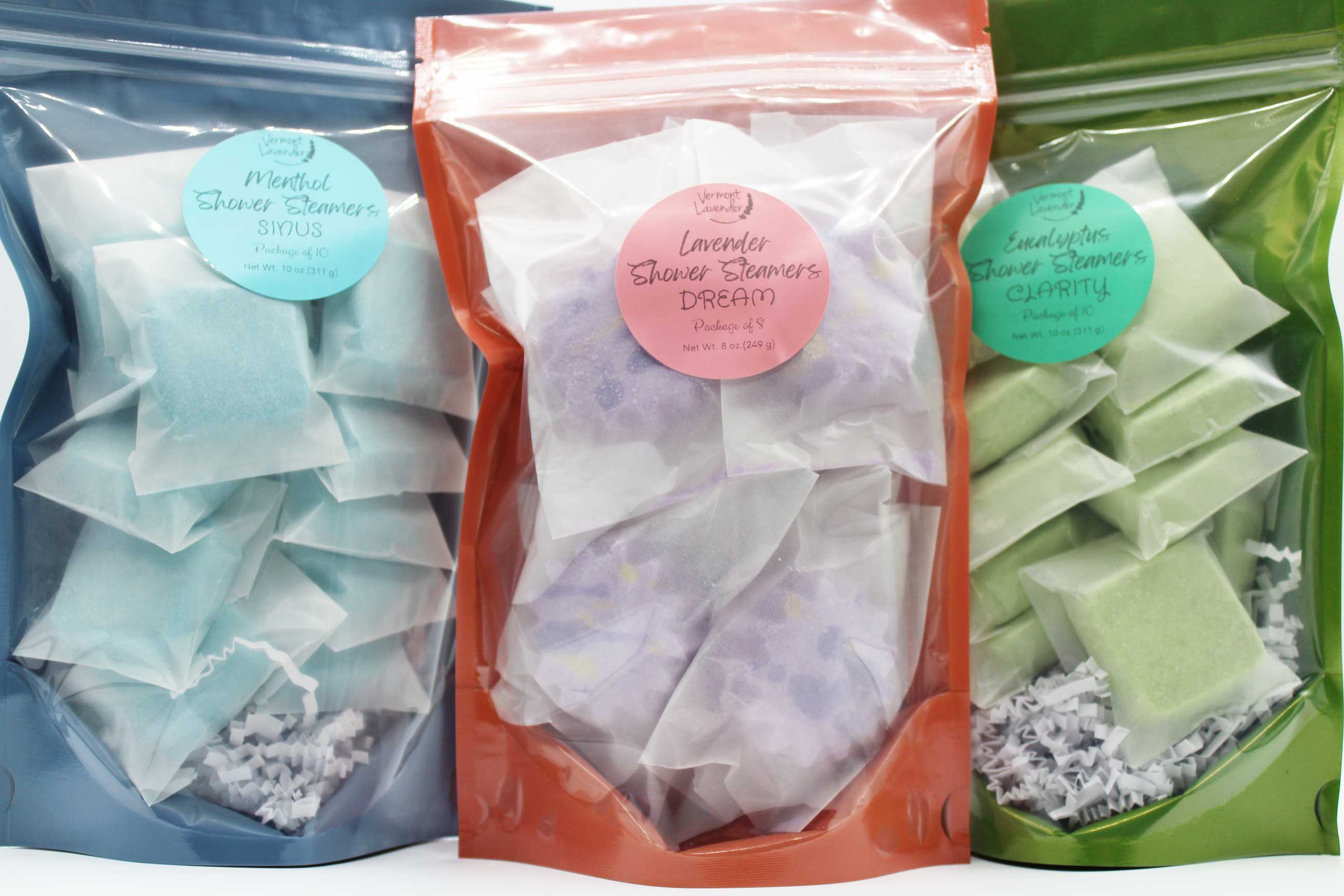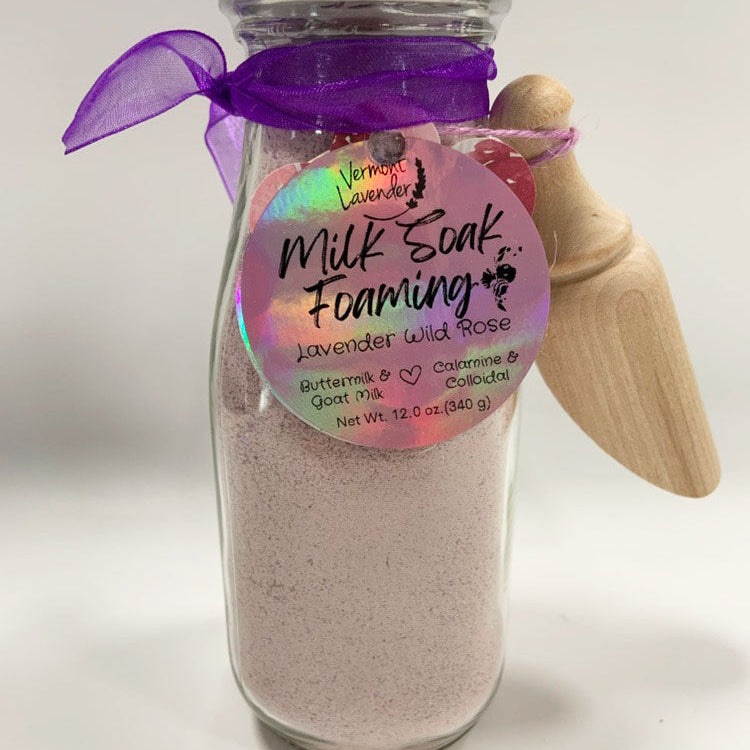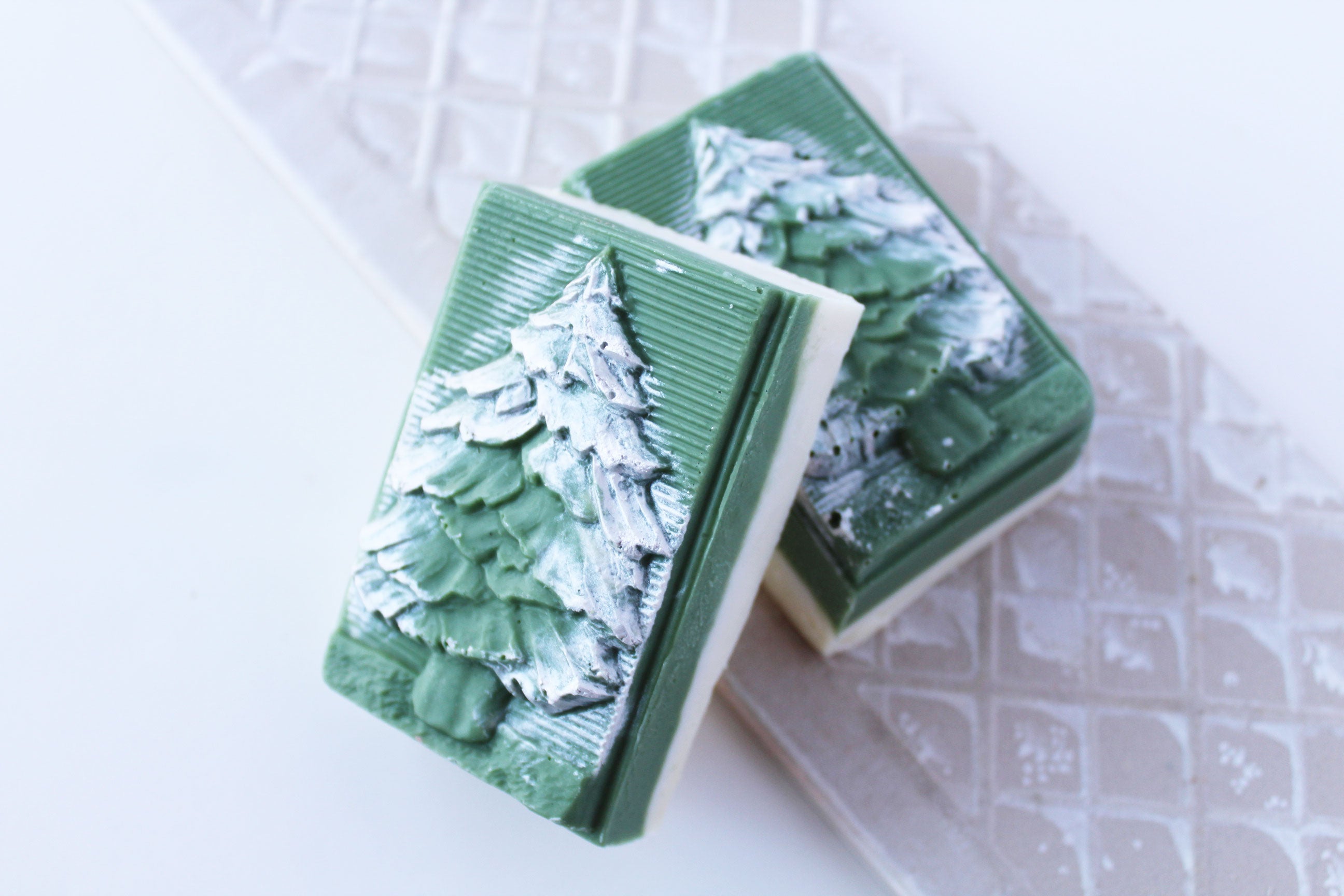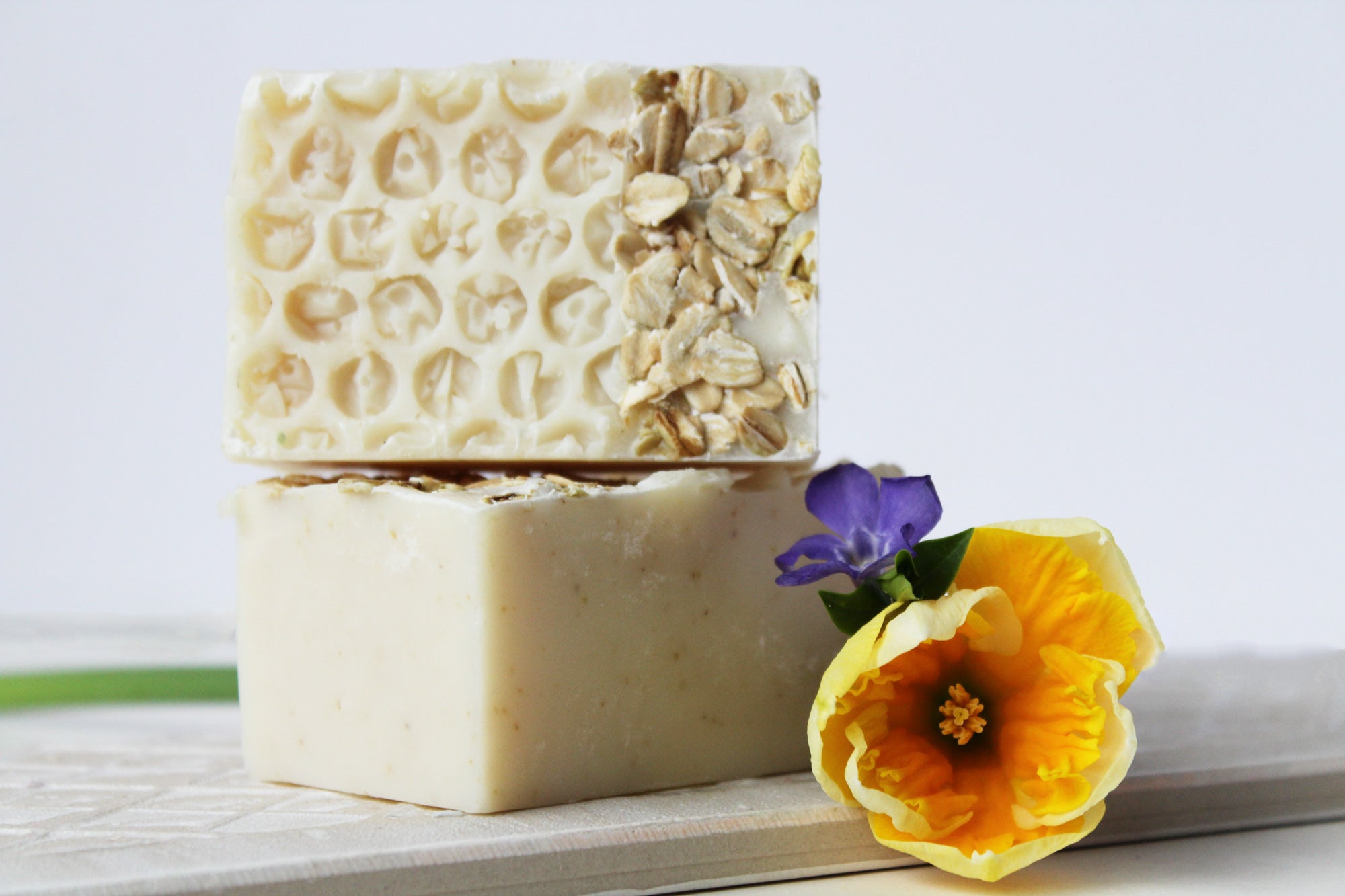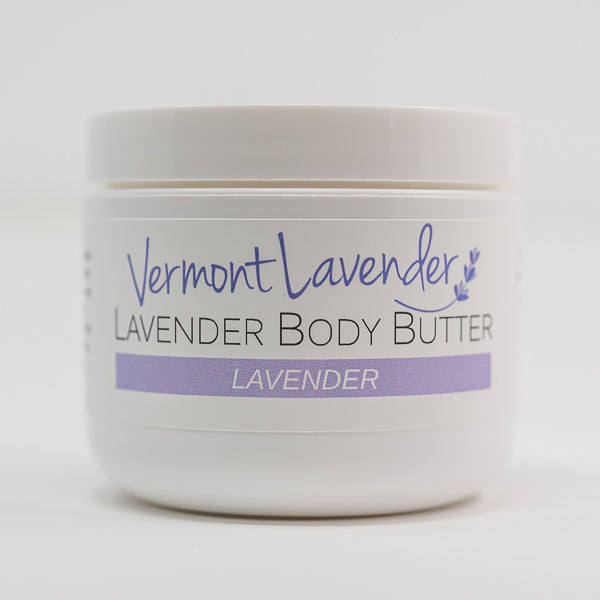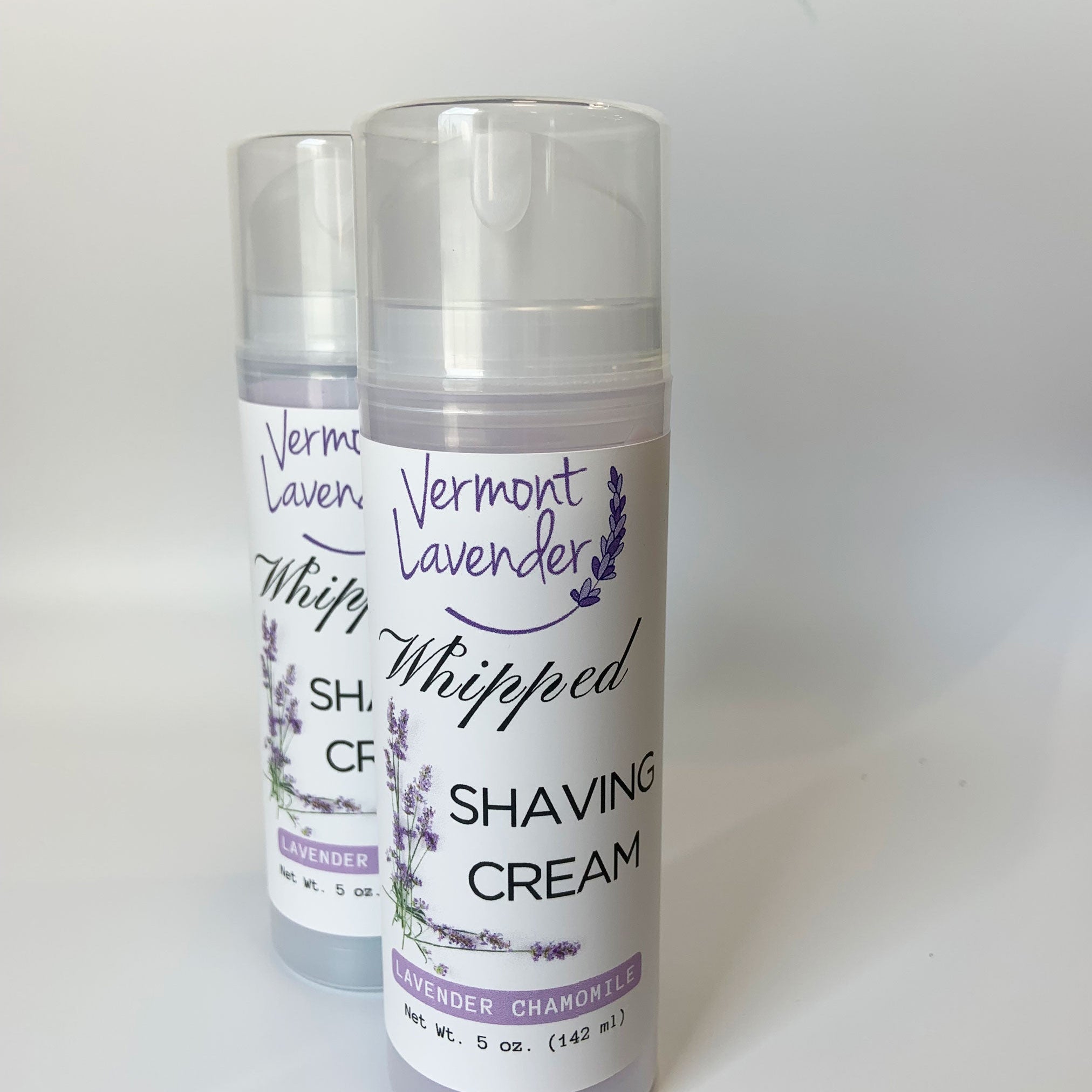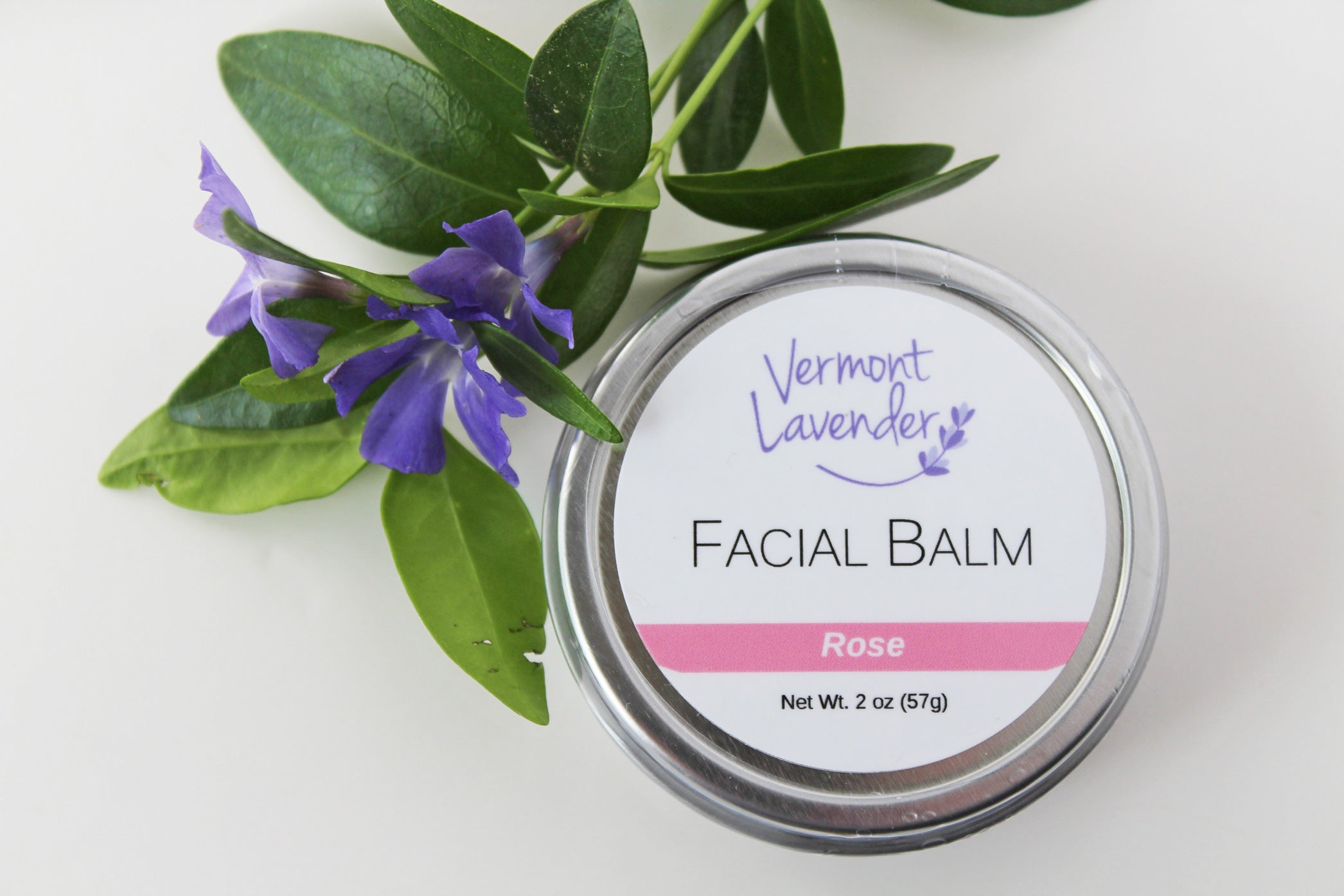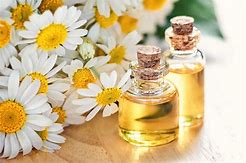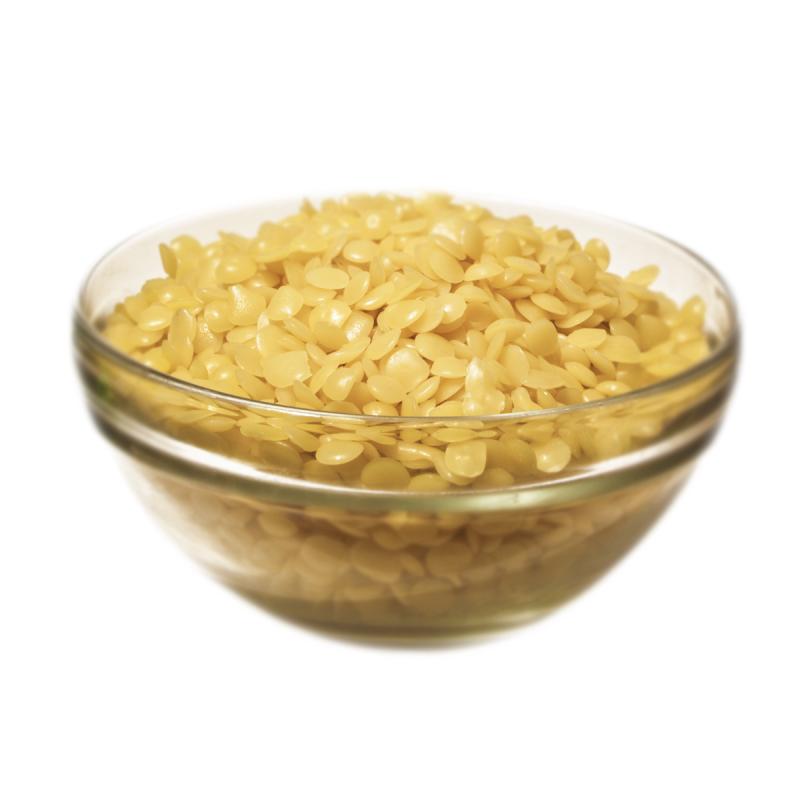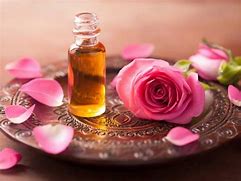I love the ingredient for this week, and it's a good one to talk about right now: chamomile.
Depending on where you live, chamomile can be pronounced as camo-mile or camo-meel. Either way, it's the same great natural flower. There are multiple health benefits to chamomile, but the one that stands out is its calming effect.
Yep, that's right: chamomile calms.
There are two types of chamomile, German and Roman. German chamomile is the plant used most for therapeutic uses. Roman chamomile is found in lawns and has a lower therapeutic use.
Chamomile is also anti-inflammatory, anti-bacterial, anti-microbial, and helps wounds heal faster. Plus, it's extremely gentle to the skin and body.
If you want to grow chamomile this is an easy herb to start from seed. It can be grown from established chamomile herb in your garden from plants or by dividing the small plants. But growing chamomile from seed is also relatively easy.
Chamomile grows best in cool conditions and should be planted in part shade, but will also grow in full sun. I put a white thin fabric cover sold at many garden centers to let water and light through by keeping the seeds moist for best germination.
The soil afterwards should be dry. Once your chamomile is established, it needs very little care. Just picking the flowers daily helps to promote new abundant flowers.
The natural world has many remedies for us and Vermont Lavender loves to bring these to you.
Concerned about keeping your hands and skin clean, healthy, and smooth as we work collectively against the coronavirus? Ask us your questions, we're here to help.
